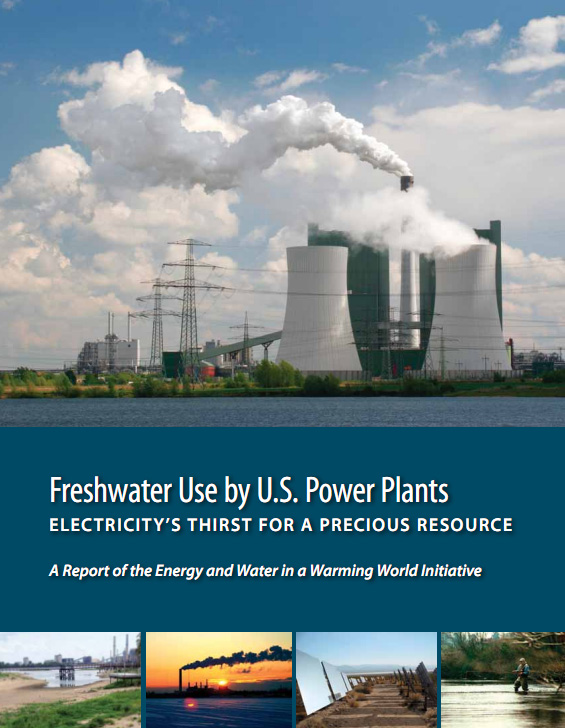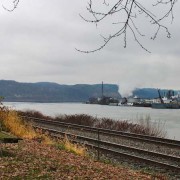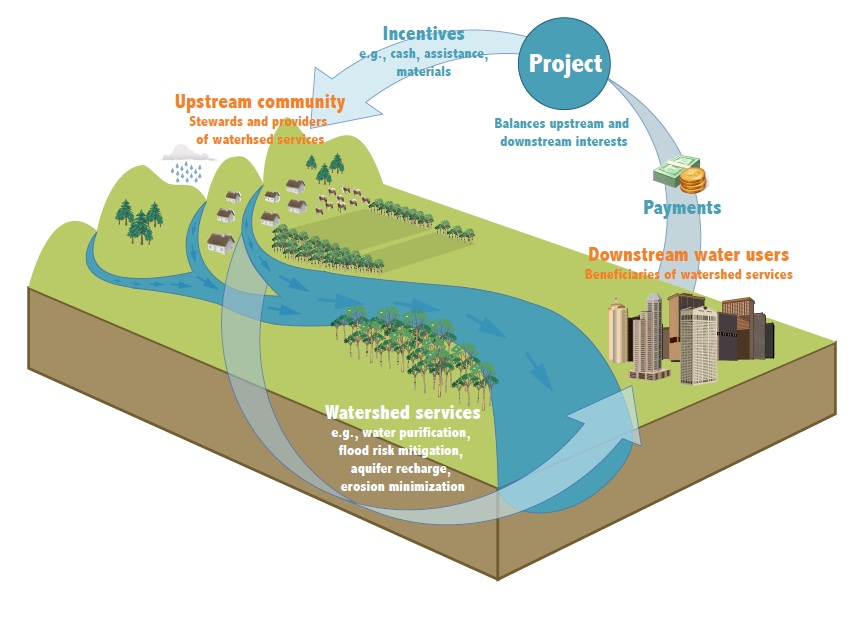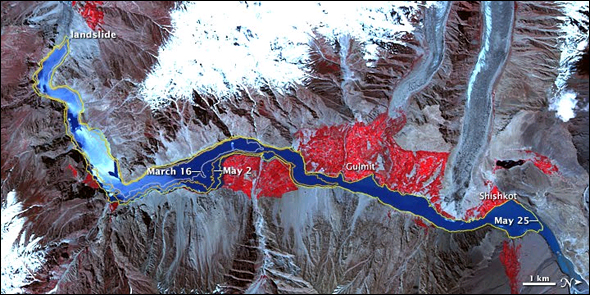Report: Thirsty Power Plants Increase U.S. Water Stress
Water-energy choke points in Texas serve as examples of a larger issue for the United States, as pointed out in a new report for the Energy and Water in a Warming World Initiative, spearheaded by the Union of Concerned Scientists.
As the population grows, more resources are needed. And, as the demand for energy from power plants adds to pressure from these growing populations, water resources will become inevitably more strained, especially during droughts and heat waves like those encountered this summer in Texas, according to a new report by the Union of Concerned Scientists and independent experts.
— Energy & Water in a Warming World Initiative
Freshwater Use by U.S. Power Plants
The study, part of the Energy and Water in a Warming World (EW3) Initiative, includes a systematic assessment of both the freshwater used by U.S. power plants and the quality of information available on the water-energy nexus. The report indicates that many regions within the nation are already experiencing choke points and that many more are expected to follow suit.
Natural Gas, Nuclear, and Coal
Nuclear and coal-fired power plants use more water than the average natural gas plant, though their water intensity — or the water used per unit of electricity — varies across the nation.
Though nuclear and coal technologies consume the most water, low-carbon electricity technologies are not necessarily low-water users. For instance, some thermal solar power plants consume more water per unit of electricity than the average coal plant, according to the report, while solar photovoltaics and wind farms use very little or no water.
Complicating matters, the report advocates that there is not enough information about how much water is used by power plants nor how their discharge affects local environments. In 2008, the power plants that did not report their water usage to the U.S. Energy Information Administration (EIA) accounted for 28 to 30 percent of the freshwater withdrawals and 24 to 31 percent of the freshwater consumption by the entire electricity sector.
National Issue
The study points out that power plants can cause water-supply stress by tapping overstretched water resources for their cooling purposes. In 2005, power plants accounted for 41 percent of the total U.S. freshwater withdrawals, according to the United States Geological Survey (USGS).
According to 2008 data, water-cooled plants withdrew about 225 million to 645 million cubic meters (60 billion to 170 billion gallons) of fresh water per day from rivers, lakes, streams, and aquifers across the nation. Of this, 10.6 million to 22.3 million cubic meters (2.8 billion to 5.9 billion gallons) were consumed. Coal-fired plants, alone, accounted for 67 percent of these freshwater withdrawals by the power sector and for 65 percent of its water consumption.
Broken down even further, to visualize how much water is used to cool U.S. power plants during the course of one minute, it would be the equivalent of triple the amount of water that flows over Niagara Falls during the same time period.
— Energy & Water in a Warming World Initiative
Freshwater Use by U.S. Power Plants
Also in 2008, facilities in the Southwest — where surface water is relatively scarce — withdrew an average of 475,000 to 720,000 cubic meters (125 million to 190 million gallons) of groundwater per day, tapping many aquifers that were already suffering from overdraft.
Power plants to the east of the Mississippi River withdrew even more water for wet-cooling technology than their southwestern counterparts. Although newer plants include air-cooling or “dry-cooling” technologies, which can reduce withdrawals by 90 percent, many of the nation’s plants still rely on wet-cooling methods.
Source: Union of Concerned Scientists, The New York Times, Freshwater Use by U.S. Power Plants: A Report of Energy & Water in a Warming World Initiative
, a Bulgaria native, is a Chicago-based reporter for Circle of Blue. She co-writes The Stream, a daily digest of international water news trends.
Interests: Europe, China, Environmental Policy, International Security.









Leave a Reply
Want to join the discussion?Feel free to contribute!